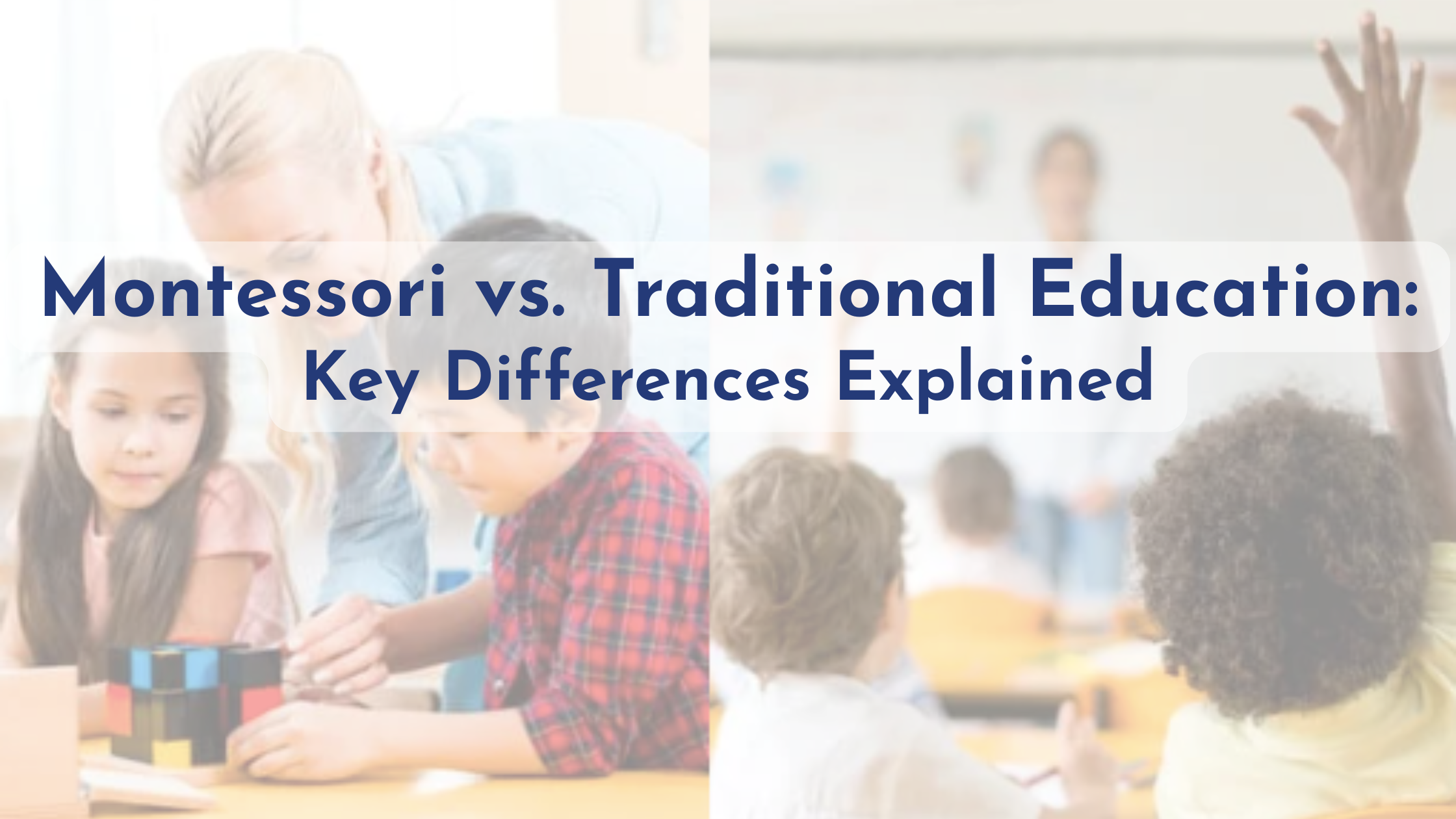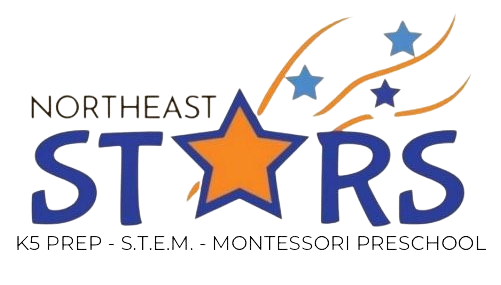Montessori vs. Traditional Education: Key Differences Explained

At Stars Montessori, we follow a child-centered approach that differs significantly from traditional education. The Montessori method is rooted in respect for the child’s natural development and a deep belief in their ability to learn independently when given the right environment.
Understanding these differences can help families see why Montessori is more than a teaching method; it’s a way of supporting the whole child.
1. Child-Led vs. Teacher-Led Learning
Montessori: Children are active participants in their learning. They choose their own work based on their interests and readiness. Montessori educators serve as guides, observing and offering lessons.
Traditional: The teacher directs the entire class through a set curriculum. Children typically follow the same lesson at the same pace, regardless of individual interest or development.
2. Mixed-Age Classrooms vs. Same-Age Groupings
Montessori: Classrooms include children in mixed-age groups, typically spanning three years. Younger children learn by observing older peers, while older children reinforce their knowledge by helping younger ones.
Traditional: Students are grouped by age and progress through school year by year with same-age peers.
3. Hands-On Materials vs. Worksheets and Textbooks
Montessori: Learning happens through hands-on exploration with specially designed materials. These materials are self-correcting and allow children to learn through discovery.
Traditional: Learning often relies on textbooks, worksheets, and memorization, with a focus on correct answers and teacher instruction.
4. Focus on the Whole Child
Montessori: The curriculum supports cognitive, emotional, social, and physical development equally. Skills such as independence, empathy, responsibility, and problem-solving are built into daily routines.
Traditional: While academics are prioritized, social and emotional development may be addressed separately or as a secondary focus.
5. Prepared Environment vs. Standardized Classroom Setup
Montessori: Classrooms are thoughtfully prepared to encourage independence, freedom within limits, and self-directed learning. Everything is child-sized and accessible.
Traditional: Classrooms are typically arranged for group instruction, with desks in rows and materials controlled by the teacher.
6. Mastery-Based Progress vs. Timed Achievement
Montessori: Children progress at their own pace and repeat activities as needed until they reach mastery. There are no grades or tests in early childhood; learning is assessed through observation.
Traditional: Students often move through curriculum units according to a school calendar, with tests and grades used to measure achievement.
Why These Differences Matter
The Montessori approach helps children develop independence, intrinsic motivation, and a lifelong love of learning. By allowing children to follow their natural interests and learn at their own pace, Montessori nurtures confident, capable individuals who take ownership of their education.
If you’re ready to experience the Montessori difference firsthand, schedule a tour today: bit.ly/NEStour
